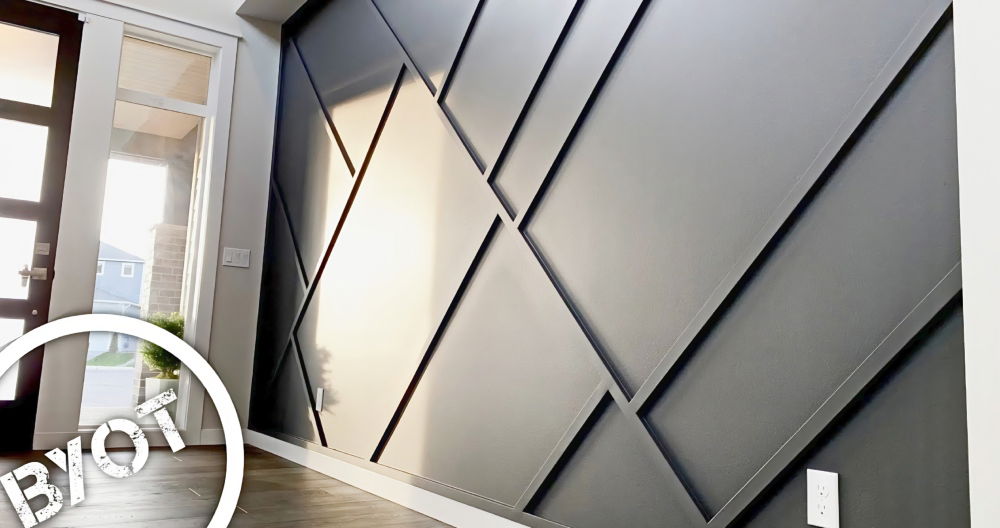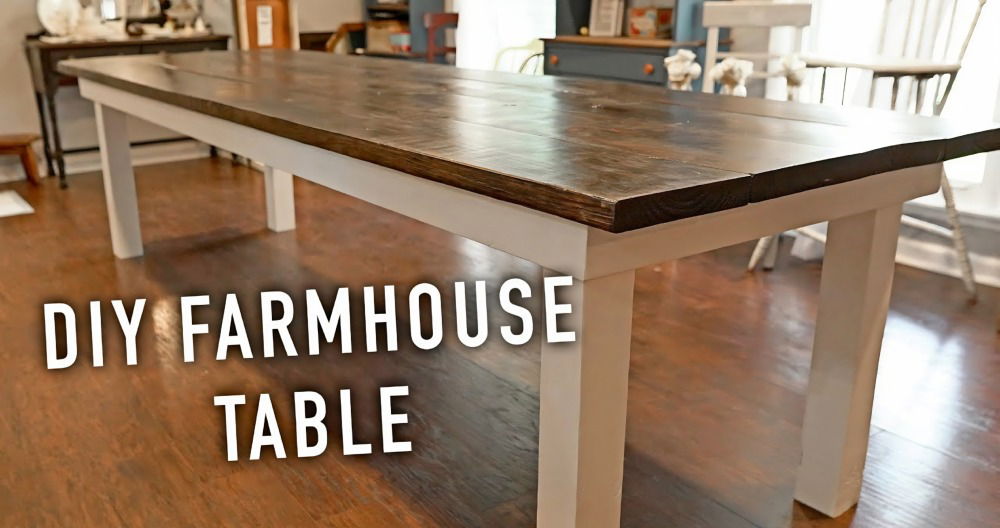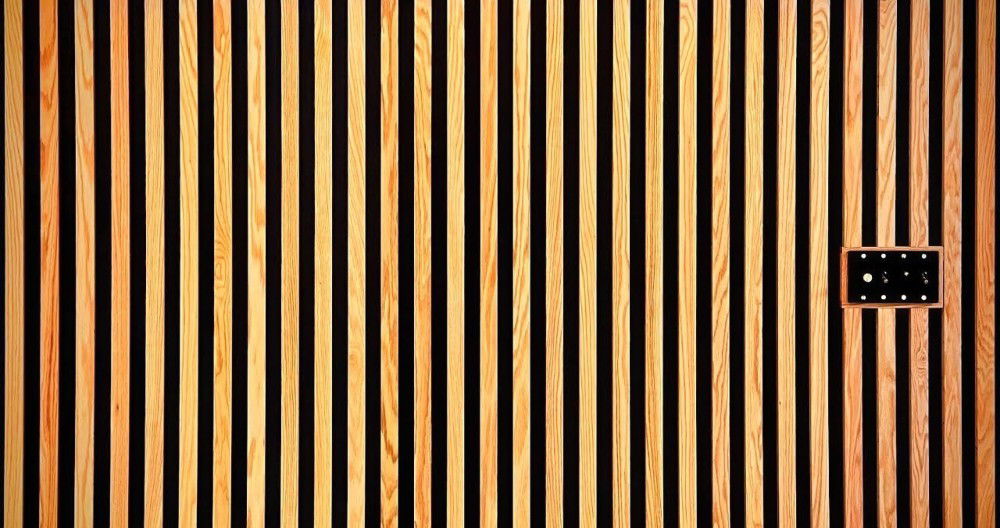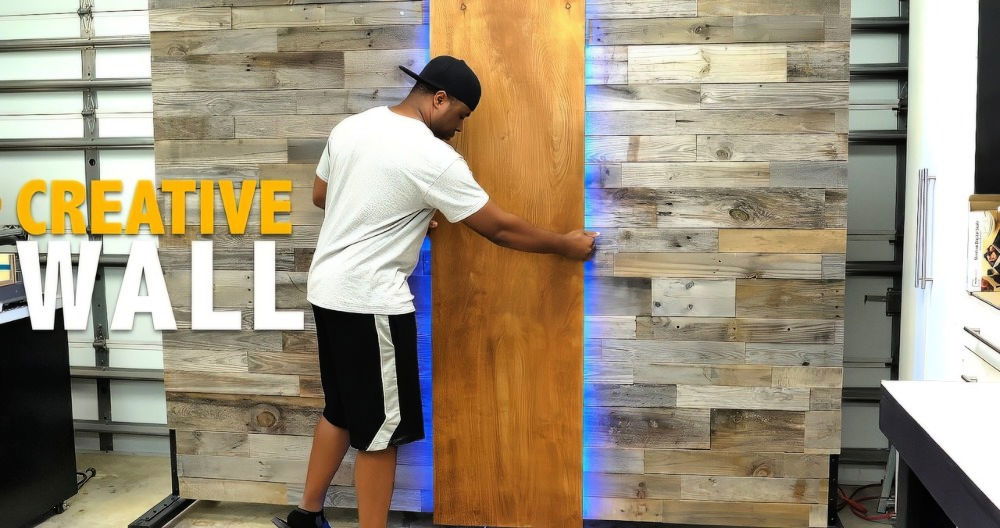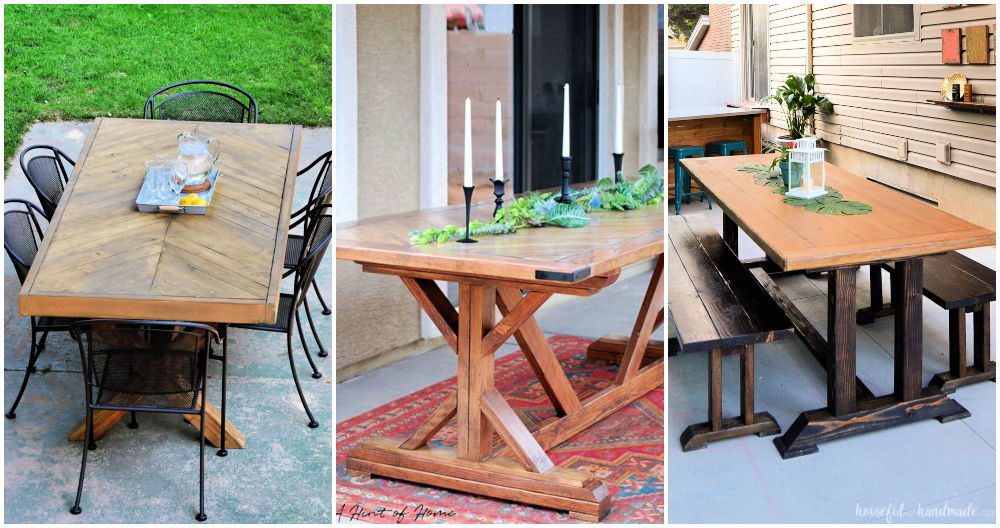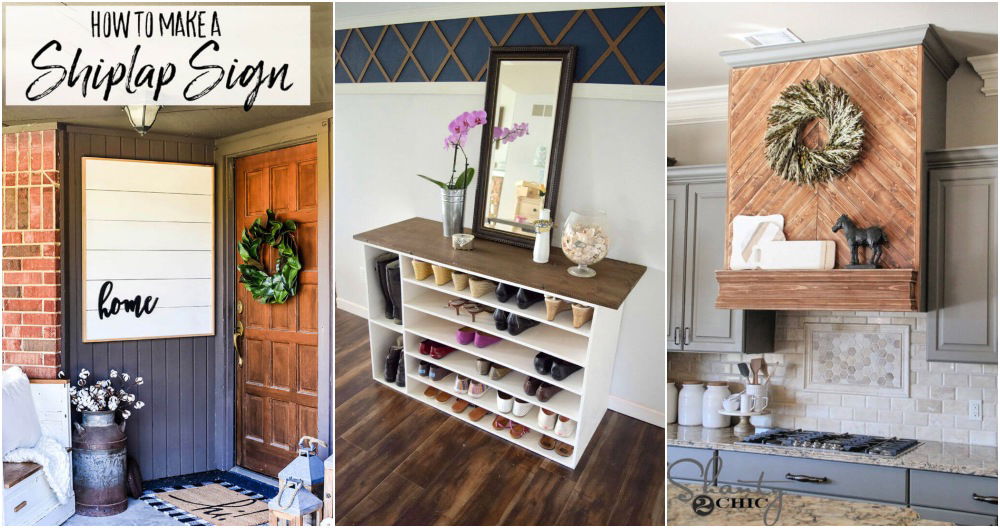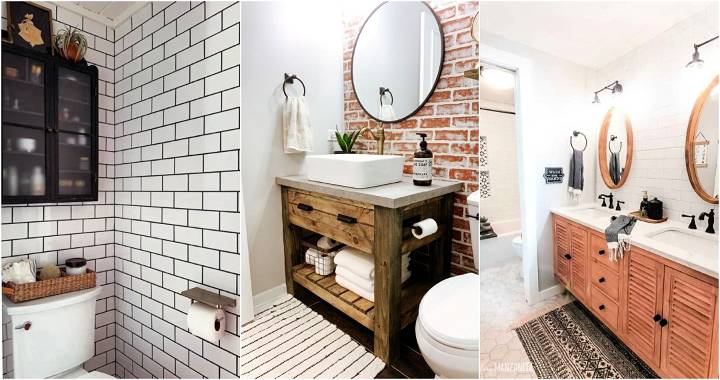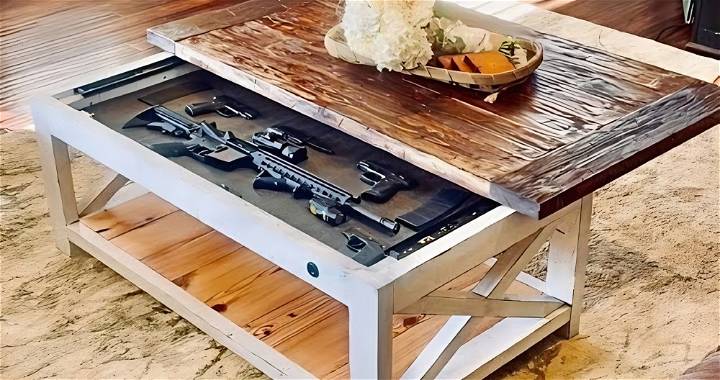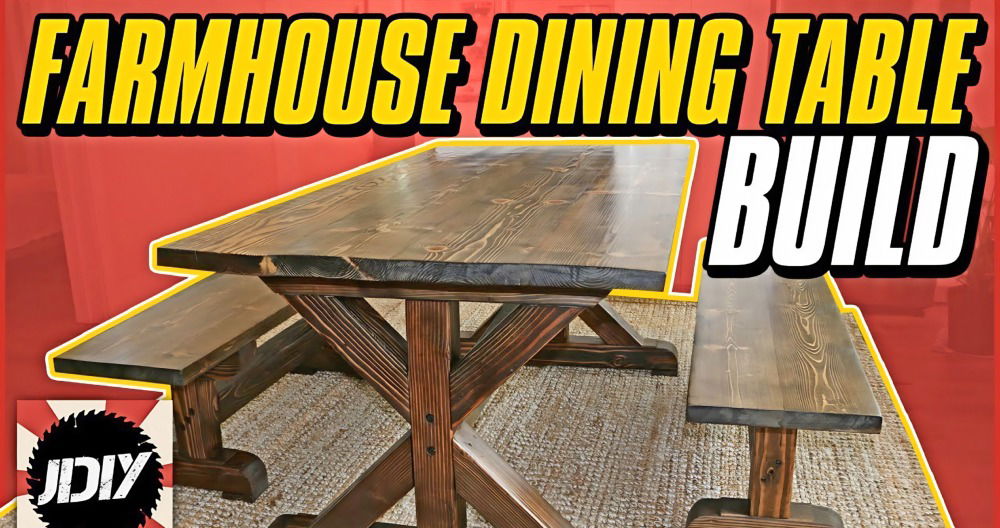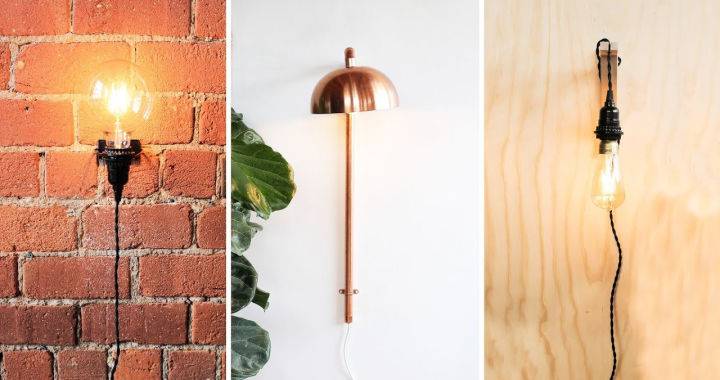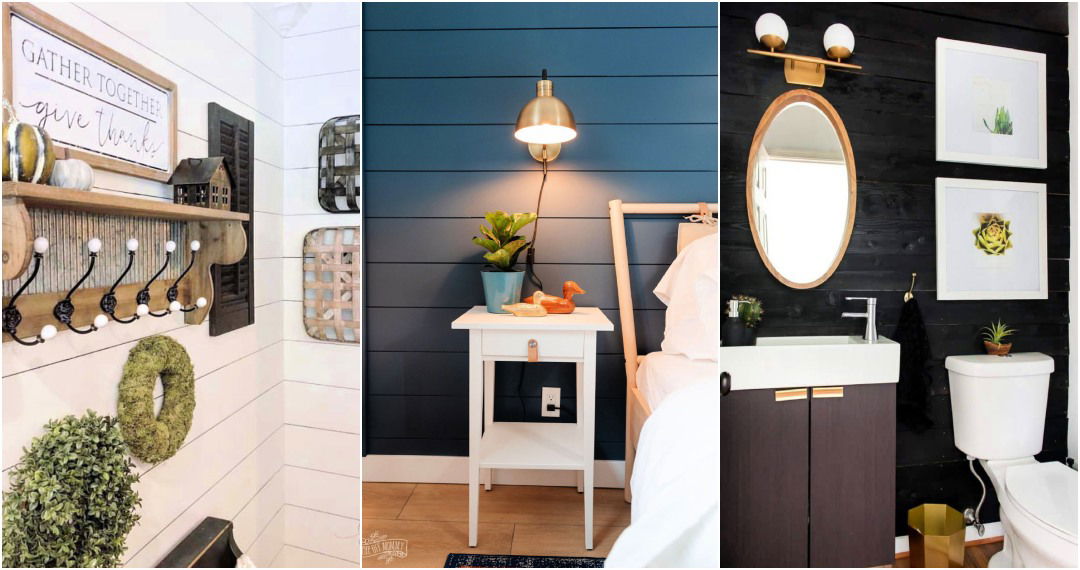If you're dreaming of a cozy farmhouse-style bedroom but don't want to break the bank, building a DIY farmhouse accent wall is an excellent place to start. This project can completely transform your space, adding texture, character, and a focal point that draws the eye. In this guide, we'll show you how to build a stunning accent wall, one step at a time.
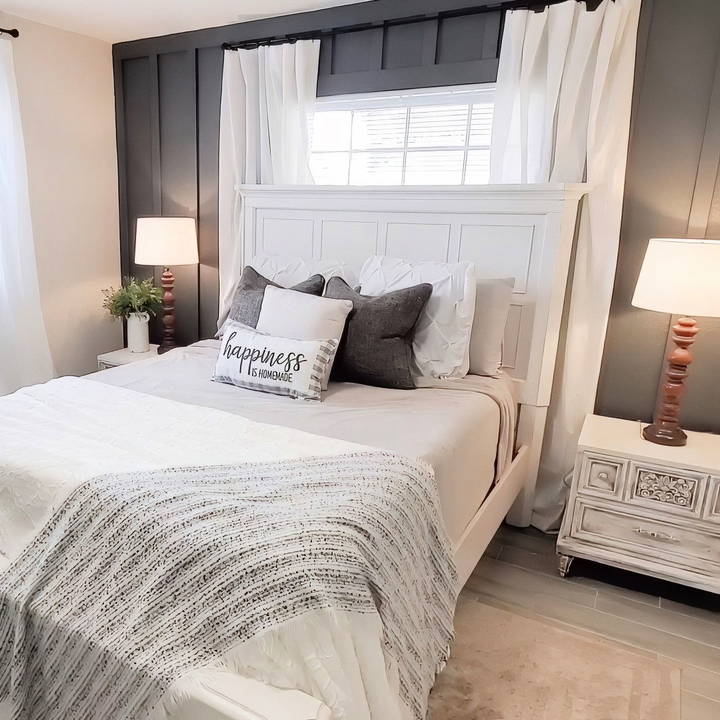
Why Choose a Farmhouse Accent Wall?
Accent walls are a popular design trend, offering an opportunity to experiment with color and texture without committing to an entire room. A farmhouse-style accent wall brings warmth, charm, and a hint of rustic elegance to your bedroom. Plus, it's a cost-effective way to refresh your space, even on a tight budget.
Materials
- 1x4 pine boards ($8 each, used for trimming and edges)
- 1x3 pine boards ($3 each, for vertical lines)
- Paint: Sherwin-Williams in the color “Peppercorn”
- Tools: Nail gun, lightweight spackling, caulking, paint rollers, and brushes
- Accessories: Curtains (flat sheets with clip rings), decorative pillows, and a cozy throw blanket
Step by Step Instructions
Make a stunning DIY farmhouse accent wall with our step-by-step instructions, from preparation to final touches and decorating ideas!
Step 1: Prepare Your Space
- Clear the Area: Start by removing all furniture and accessories near the wall you'll be working on. This ensures you have enough room to work and keeps your belongings safe from accidental spills or damage.
- Clean and Inspect the Wall: Before attaching any wood, clean your wall thoroughly. Inspect for any uneven surfaces, as these may cause complications when mounting the boards.
Step 2: Frame the Wall with Trim Boards
The first step in building the accent wall is attaching the 1x4 trim boards along the top of the wall. Here's how:
- Measure and Cut: Measure the length of your wall and cut the 1x4 board to size. If your board doesn't span the entire wall, piece multiple boards together, ensuring the seam is aligned and clean.
- Attach with a Nail Gun: Use a nail gun to secure the trim board in place. If you prefer to keep your wall damage minimal for future renovations, avoid glue—this makes it easier to remove the boards later.
- Trim Around Windows: Measure and cut additional 1x4 boards to trim around any windows, ensuring a cohesive look.
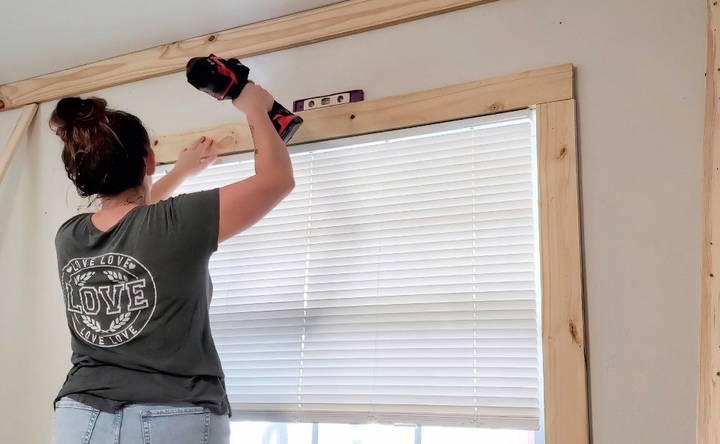
Step 3: Install the Vertical Boards
Vertical lines are the hallmark of this farmhouse-style design. For this, you'll use the 1x3 pine boards:
- Start with a Center Board: Begin by attaching the first vertical board at the center of your wall. This helps you build symmetry, especially if the rest of the room feels uneven.
- Measure and Space Evenly: Mark equal spacing for the additional boards. Typically, 12–16 inches between boards works well for this style.
- Secure the Boards: Nail each board into place. Double-check alignment as you go, especially if your wall isn't perfectly level.
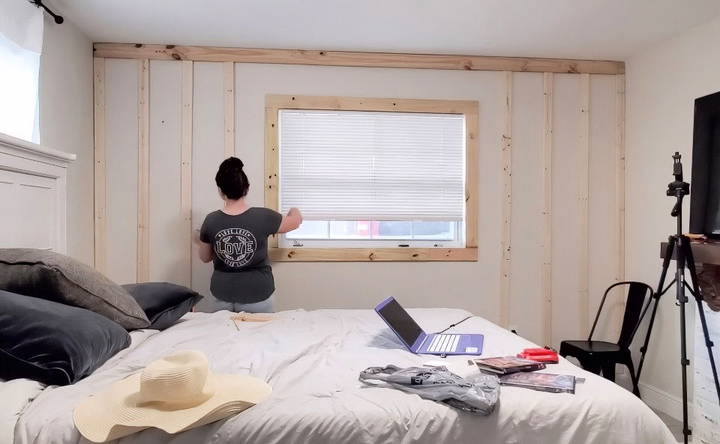
Step 4: Address Imperfections
Not every DIY project goes smoothly, and it's common to encounter unlevel walls, uneven ceilings, or bumpy surfaces. Here's how to deal with these challenges:
- Fill Gaps: Use lightweight spackling to fill any visible gaps between boards or where seams meet. An old gift card works perfectly for smoothing the spackle into crevices.
- Caulk the Seams: Apply caulk along the edges of each board to build a seamless appearance. Use your finger and a baby wipe to smooth it out for a professional finish.
Step 5: Painting the Accent Wall
For this project, the accent wall was painted using Sherwin-Williams' “Peppercorn,” a deep, moody gray. Follow these steps for a flawless finish:
- Tape and Protect: Use painter's tape and plastic coverings to shield floors and surrounding walls.
- Edge Work: Begin by painting around the edges and corners with a brush. This step ensures precision.
- Roll On the Paint: Use a paint roller to cover the larger areas. The paint's quality allowed for a one-coat finish, saving time and effort.
- Decide on the Baseboards: Leave them white for a clean contrast or paint them to match the wall for a cohesive look.
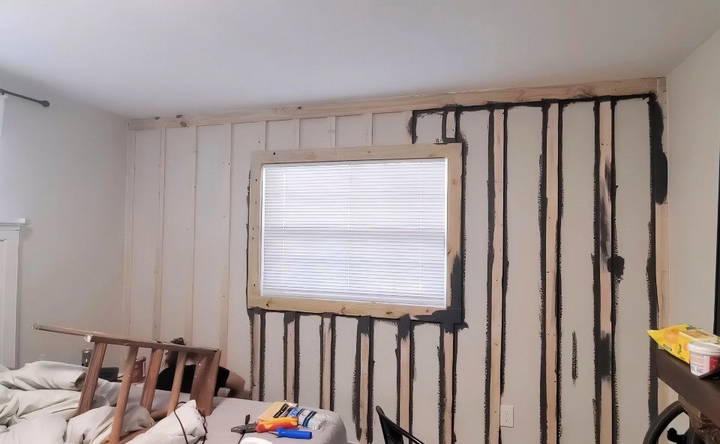
Step 6: Final Touches and Decorating
After your wall is painted and dry, it's time to put your bedroom back together. Clean the floors, replace electrical outlet covers, and add your personal decorative touches:
- Curtains: Flat white sheets make budget-friendly, elegant curtains when paired with clip rings.
- Throw Pillows: Incorporate cozy textures and farmhouse-themed pillows, like a “Happiness is Homemade” design.
- Greenery: Add a touch of nature with potted plants or faux greenery to enhance the cozy, rustic feel.
Step 7: Styling Your Farmhouse Accent Wall
With your accent wall complete, the final step is to style the room in a way that complements the farmhouse aesthetic. Here's how to bring everything together:
Choosing the Right Decor
Farmhouse style emphasizes simplicity, warmth, and rustic charm. Use a combination of textures, colors, and materials to build a cohesive look.
- Neutral Color Palette: Stick to soft whites, creams, grays, and earthy tones for your bedding, rugs, and curtains. These colors pair beautifully with the dark accent wall, building a balance that feels both airy and grounded.
- Textured Fabrics: Incorporate cozy textures like chunky knit throws, linen pillows, or woven rugs. These elements add warmth and make the space feel inviting.
- Rustic and Natural Accents: Add wooden decor pieces, vintage frames, and a few galvanized metal elements. For example: A wooden headboard or bench
- A repurposed window frame for wall decor
- Industrial-style light fixtures with a rustic finish
- Greenery: Faux or real plants bring a fresh, natural vibe to the room. Use simple vases or terra-cotta pots for a farmhouse touch.
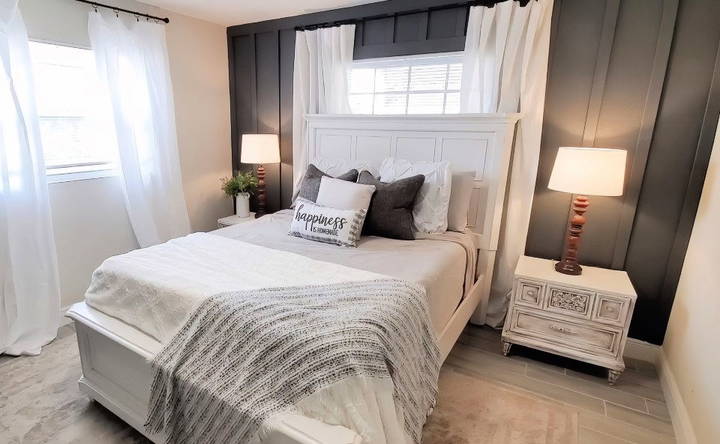
Budget-Friendly Hacks for Farmhouse Style
Sticking to a budget doesn't mean compromising on style. These tips can help you achieve a high-end look without overspending:
- DIY Curtains: Use inexpensive flat sheets as curtains. Combine them with clip rings from Amazon for a polished look that costs a fraction of traditional drapes.
- Shop Smart: Walmart and thrift stores are excellent sources for affordable farmhouse decor. Look for sales or clearance items to get high-quality pieces at a discount.
- Repurpose What You Have: Take stock of what's already in your home. Old furniture or decor items can often be transformed with a fresh coat of paint or a few creative modifications.
- Minimalist Approach: Avoid overdecorating. A few well-chosen pieces, like a statement pillow or a bold vase, can make a bigger impact than cluttering the room with too many items.
Step 8: Overcoming Common DIY Challenges
Even the best-planned projects can run into hiccups. Here's how to address common issues you might face while building your accent wall:
- Uneven Walls or Ceilings: Farmhouse homes often have charming quirks like unlevel surfaces. If your walls or ceiling aren't perfectly straight: Use a level to guide your board placement.
- Fill noticeable gaps with spackling or caulk to smooth out imperfections.
- Window Placement: If your window isn't centered, balance the visual weight by carefully placing vertical boards and arranging furniture symmetrically around the room.
The Transformation: Before and After
One of the most rewarding parts of any DIY project is seeing the results. Before adding the accent wall, your bedroom may have felt ordinary or lacked personality. Afterward, the transformation will be stunning:
- The dark “Peppercorn” wall builds a dramatic yet cozy backdrop.
- Vertical wood slats add texture and depth, making the space feel intentional and designed.
- Simple farmhouse decor ties the room together for a cohesive look.
This change isn't just cosmetic; it completely alters the atmosphere of your bedroom, making it a space you'll love to retreat to.
Step 9: Maintenance and Longevity
To ensure your farmhouse accent wall continues to look amazing for years to come, follow these tips:
- Regular Cleaning: Dust the boards and clean the painted surface periodically to prevent buildup.
- Inspect for Damage: Check for loose boards or chipped paint and make repairs as needed.
- Re-style as Needed: Refresh your decor seasonally to keep the room feeling new. Swap out throw blankets or pillows for different textures and colors.
Step 10: Celebrate Your Work!
Building a DIY farmhouse accent wall is a labor of love. You've invested time, creativity, and effort into making your bedroom a reflection of your style. Take a moment to step back and enjoy the transformation.
Conclusion
A DIY farmhouse accent wall is more than just a design project—it's a way to bring personality and charm into your home. With careful planning, budget-friendly materials, and a bit of creativity, you can achieve a stunning transformation that rivals professional makeovers.
Whether you're adding vertical boards for texture, painting a bold focal color, or incorporating cozy decor, this project will leave your space feeling warm and inviting. Most importantly, it proves that anyone can tackle a DIY challenge and build something extraordinary.
FAQs About Enhancing Your DIY Farmhouse Accent Wall Project
Discover expert answers to FAQs on enhancing your DIY farmhouse accent wall project with tips for a stunning rustic look.
If you encounter uneven walls or ceilings, measure carefully and use a level to guide the placement of your boards. Fill gaps with lightweight spackling or caulk for a seamless finish.
Select a wall that naturally draws attention, such as the one behind a bed or sofa. Ensure there’s enough natural or artificial light to prevent the room from feeling closed off.
Absolutely! While “Peppercorn” is a stunning dark neutral, consider other colors that complement your decor. Lighter grays or bold hues like navy can work equally well.
Glue is optional. Nails are sufficient for securing the boards and make future removal easier, especially if you want to avoid significant wall damage.
After taping the edges, run a small bead of clear caulk along the tape line and smooth it out. Let it dry before painting. This ensures crisp, professional edges.
Yes, consider MDF boards or even peel-and-stick wood paneling for a similar look at a lower cost. These options are lightweight and easier to install.
Dust regularly with a microfiber cloth. For painted surfaces, use a damp cloth to remove smudges. Avoid abrasive cleaners that could damage the finish.
Thrift stores and DIY options are excellent for finding affordable decor. Use flat sheets as curtains, repurpose old furniture, or craft your own wall art.
Yes! Dark walls like “Peppercorn” can add depth and make a space feel larger when paired with lighter decor and ample lighting.
Use matching decor elements, such as complementary colors in pillows, throws, or rugs, to tie the accent wall seamlessly into the overall room design.


